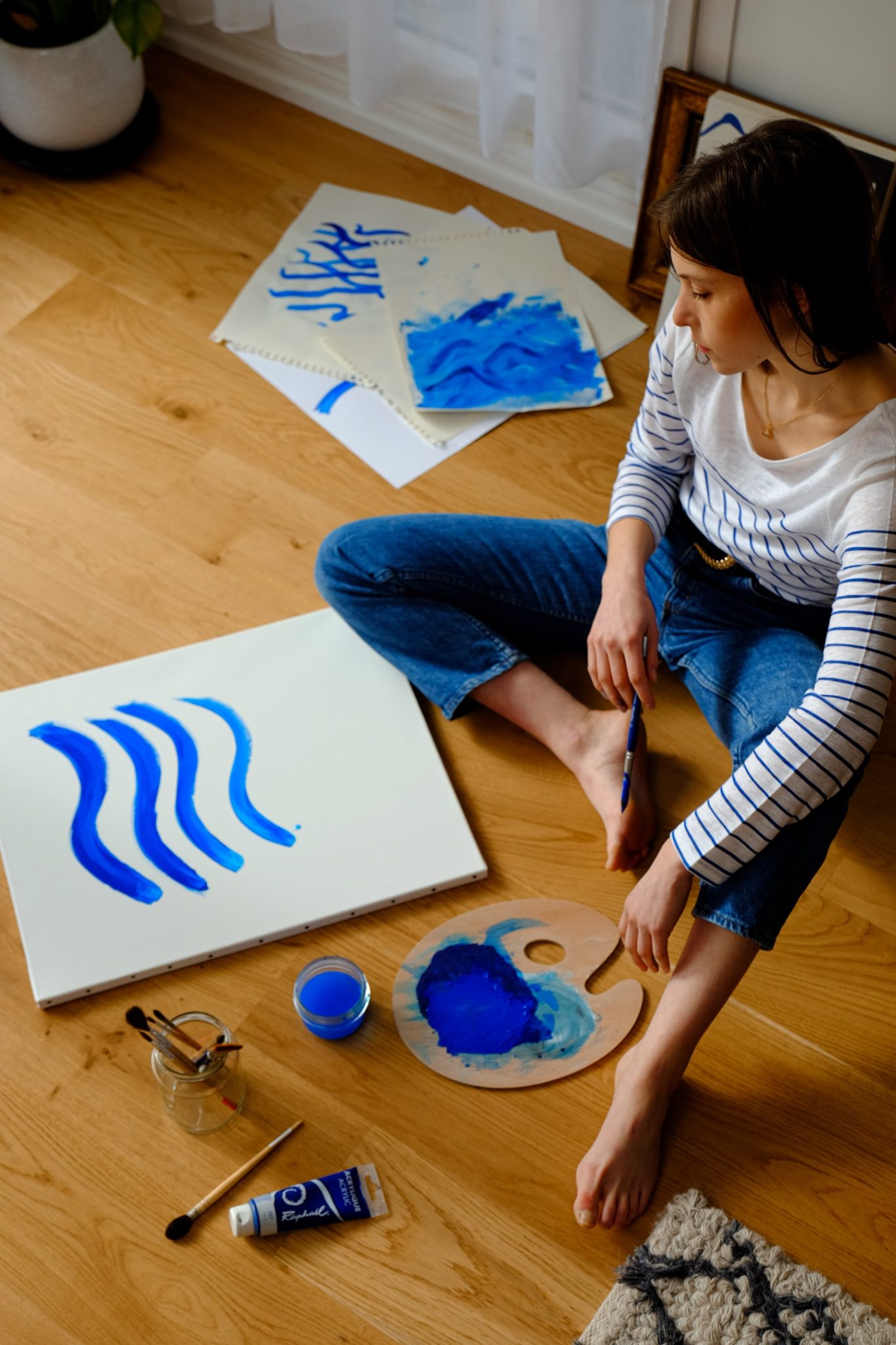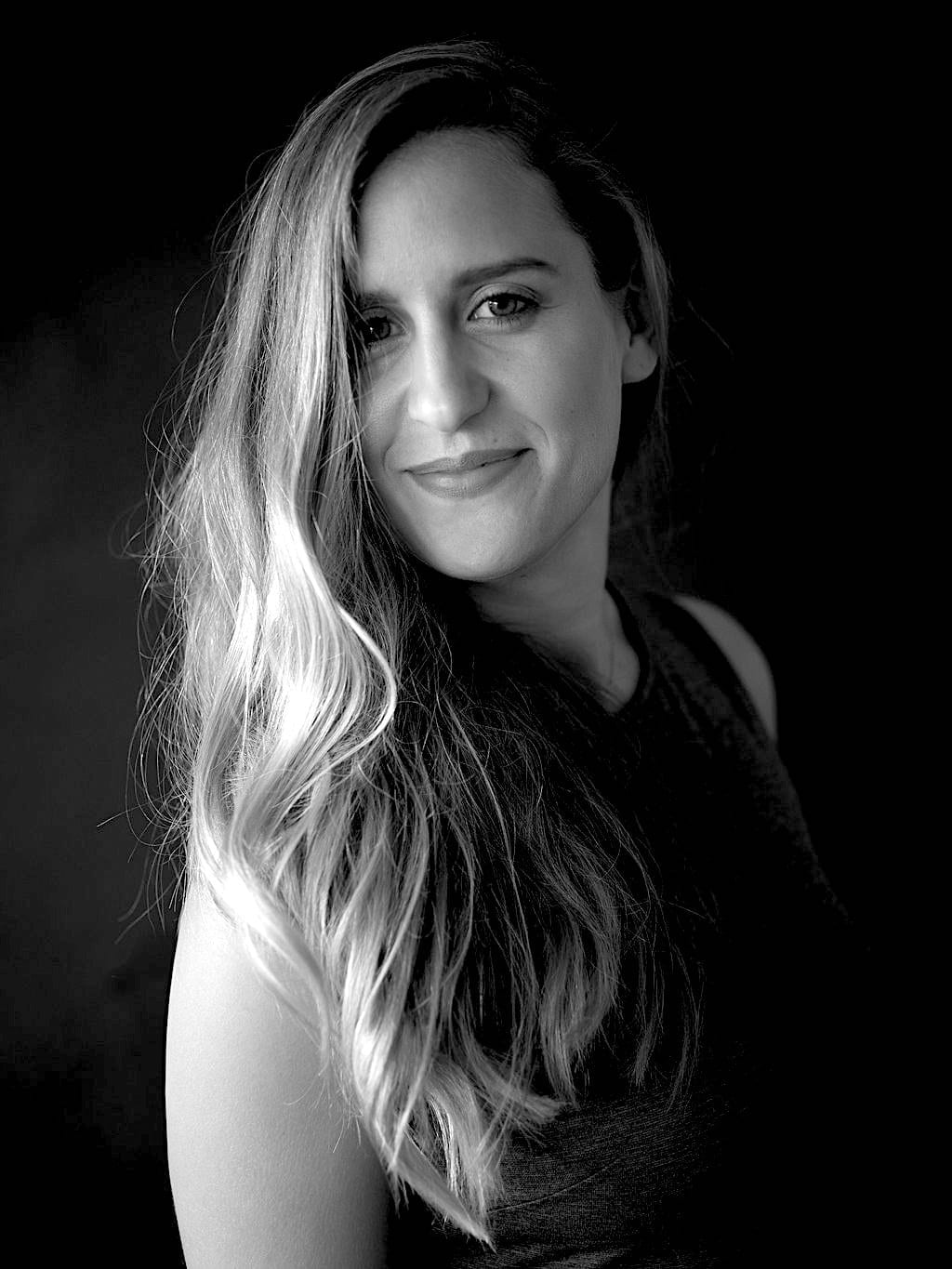
We have all become mental Olympians these past two years, bending everything we once knew and trying to shape it into something that will work in the new landscape we’ve been thrust into. If our time making adjustments has taught us anything, it’s that stagnancy is the antithesis of success.
Those who didn’t pivot to accommodate the new state of affairs we’ve found ourselves in were left paddling furiously upstream (or worse), while those who were able to drop what they’d been doing and implement new ways of operating found themselves skimming along the surface with less effort, less fear, and less doubt. By no means was everyone able to adapt, no matter how willing they were. Sometimes it takes a lot more than the will to pivot in order to evolve to meet our environment’s new demands. Other times, though, we are able to unstick ourselves and find ways to keep paddling along.
Before we are able to move according to what the world throws at us, like many of those who are truly thriving today have done, we must first change the way we think. We must put to rest some of the neural pathways we’ve spent our whole lives connecting and create new ones.
By its very nature, creating more possibility helps you get unstuck, giving you more options and new ways to look at things.
For most of my professional career thus far, I worked with a company called Studio/E whose focus is on helping leaders thrive in a rapidly changing world. They coined the term Exploratory Leadership, which is motivating people to “travel into the unknown with clarity and confidence to discover more possibility.”
I don’t know if anything could sound more desirable right now. We all want more possibility, and we all want to continue chugging forward, even when we can no longer predict what forward is going to look like. By its very nature, creating more possibility helps you get unstuck, giving you more options and new ways to look at things.
Distilled from my decade with Studio/E and my lifelong yearning to do more, create more, and be more, here are four suggestions to help you get unstuck and keep moving forward, no matter what life throws at you.
Change Your State
By far the quickest way to get your mind to fire differently is to change your physical state, which can be viewed as a two-pronged approach.
One way to change your state is to change your surroundings. If you are working away in your office and you feel stuck on something, get yourself some new scenery. Take a walk outside, visit a museum, or even enter a different room. This will ignite some new sensations in your body, and your brain can’t help but think differently when experiencing newness.
Another state change that’s effective is to move your body in some way. This has been recommended to me more than once by medical professionals when discussing my propensity to feel anxious. A jolt of physical activity, even if it’s just walking down a flight of stairs or doing a dozen jumping jacks, fires different parts of your brain. In fact, exercising triggers the creation of new brain cells. Not only are you switching your brain to concentrate on something new and different, which can lead to new insight and ideas, but you are actually creating new brain matter.
Play
You don’t have to have children in your house to find joy in some intentional play. This can take so many different shapes, which is the fun in it.
I engaged in some play the other morning while the house was quiet and the sun hadn’t yet risen. When sitting down at my desk to write, I had to move aside my daughter’s Learn to Draw book. When I moved it, out fell the sketch we had begun the day before. Though my daughter was asleep, and though I had work to get done, I spent the next fifteen minutes finishing up a sketch of a Disney character. By the time I got to my computer, I felt creative. I felt new. I loved it.
Maya Angelou said, “You can’t use up creativity. The more you use, the more you have.” Get creative with some play and you’ll see how it’ll make you creative elsewhere.
Here are a few simple ideas for play, all of which can be done alone:
- Art: Painting, drawing, coloring, pottery, knitting, rock decorating
- Games: Card games like Solitaire; a puzzle
- Make music (with or without real instruments)
If play doesn’t come naturally to you or the ideas for what to do don’t flow freely, here’s another list to get you started.
Make an Idea Generation List
Another technique I learned from my time at Studio/E was idea generation via lists. I am the kind of person who likes clean, nicely written lists from which I can easily cross off items and feel productive. This kind of list is different.
The way you do an idea generation list is to set a timer and write out every single idea you possibly can think of regarding the thing you’re stuck on. Go fast. Make the ideas bad, make them terrible. You will learn after doing this a couple of times that quantity yields quality. The more bad ideas you put down on paper, the closer you will be to a good idea.
The way you do an idea generation list is to set a timer and write out every single idea you possibly can think of regarding the thing you’re stuck on. . . . The more bad ideas you put down on paper, the closer you will be to a good idea.
If this is intimidating, start with a two-minute timer, then go wild and see what comes up. The more advanced practitioner could go for a good five minutes without stopping. Things will get weird, and that’s exactly what you want. Bad ideas lead to not-so-bad ideas. Not-so-bad ideas lead to more bad ideas, but also some good—even great—ones. Eventually, you will come across something you need, something that will keep you moving forward.
Opt for the Other Genre
This is more of a long-term approach to opening yourself up to new ways of thinking, but in my experience, it’s equally as beneficial as the suggestions above; it’s just more of a slow burn than a quick fix. For me, this looks like reading genres I don’t typically reach for, like a biography or speculative fiction. From these different genres, I can extract new images and ideas for my own writing projects. For you, this may mean listening to a different kind of music or doing a different kind of exercise from what your body and mind are used to.
Along those same lines, you could find someone new to talk to, someone whose day-to-day looks entirely different than yours. As Studio/E puts it, you can multiply your knowledge by spending time with people who have different perspectives and worldviews. I don’t think there is a single downside to spending time with new people, especially if it means it’ll open your mind to new ways of thinking.
For better or worse, our old ways of operating have expired. The good news is that the best way to get unstuck and continually adjust to the changing landscape around us is to keep finding new ways of thinking—and that can be fun; that makes life interesting. And isn’t an interesting life what we’re all here for anyway?

Kolina Cicero is enamored with stories – reading them, writing them, getting lost within them. Other things she loves include yoga, traveling, and taking cooking, Italian, and writing classes. Her first children’s book, Rosie and the Hobby Farm, was published in July 2020.